During the Middle Ages, a new type of wooden construction technique became popular all over northwestern Europe, especially in Norway, where it was employed to build churches. They are called “stave churches”. The key feature of their design is that instead of driving the load-bearing wooden posts, called staves, and planks of the structure directly into holes in the ground, which made them susceptible to rot, a foundation of boulders was laid on which the wooden frame of the building was erected. The wooden planks and corner posts thus rest on a raised platform which protect them from water decay. The method proved so effective that many churches built in the 12th century are still standing today.
It is estimated that between 1,300 to as many as 2,000 stave churches were built in Norway during the 12th and 13th centuries, which many regard as Norway’s first building boom. Some of the best-known stave churches are characterized by a roof with multiple tiers of triangular frames that gradually diminish in size. Many also have portals embellished with fine woodcarving and wall paintings that feature pagan and Christian motifs. About 30 or so stave churches still survive today. Here are some of the most famous ones.
Borgund Stave Church
Borgund Stave Church, in the village of Borgund in the municipality of Lærdal, is Norway’s best known stave church. It was built sometime between 1180 and 1250 AD. The church is now used as a museum.
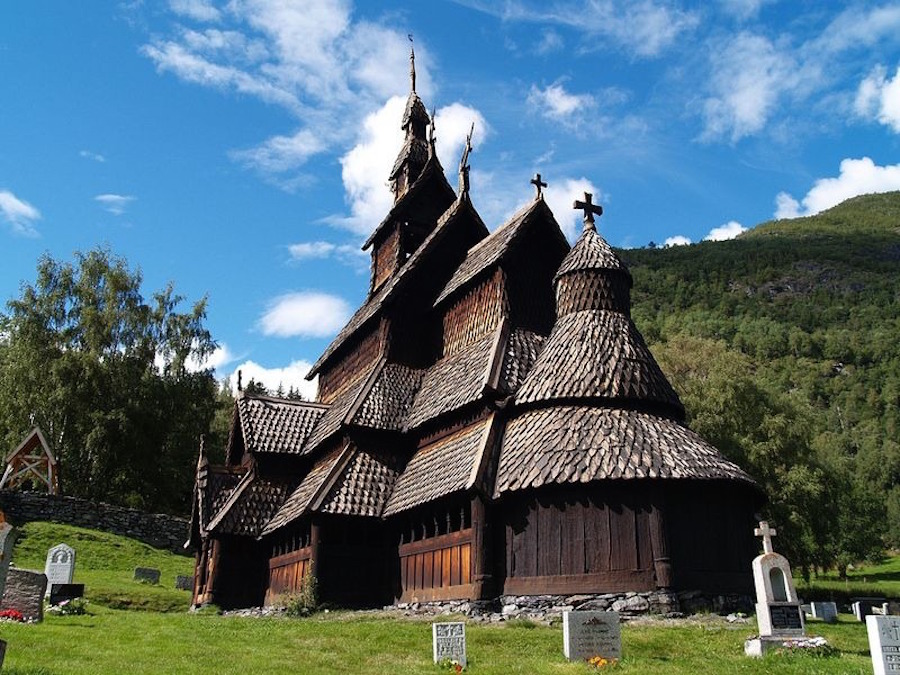
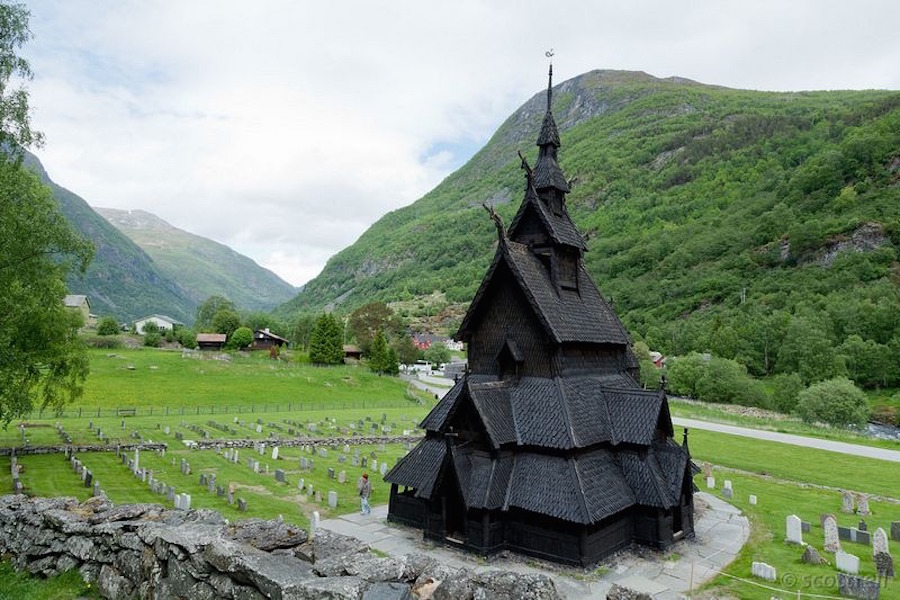
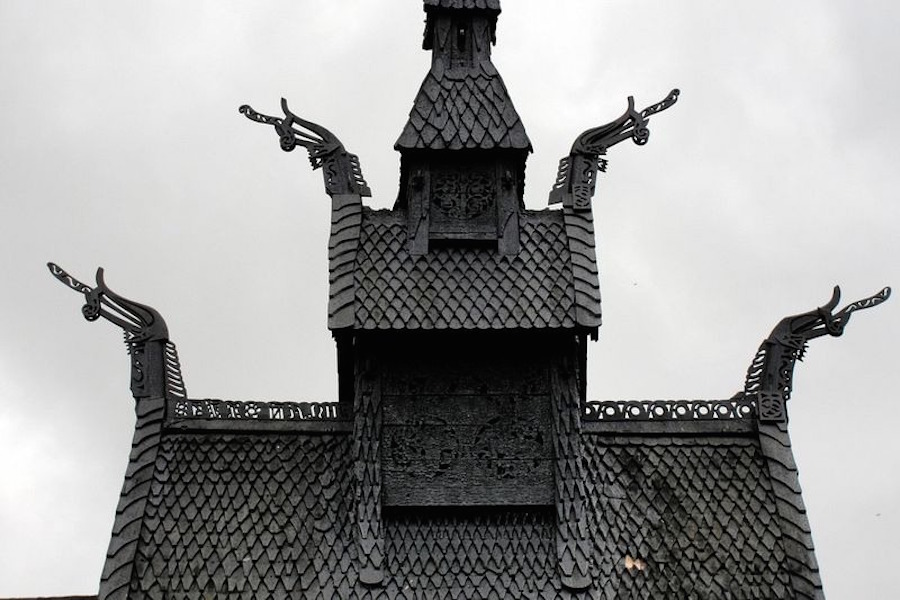
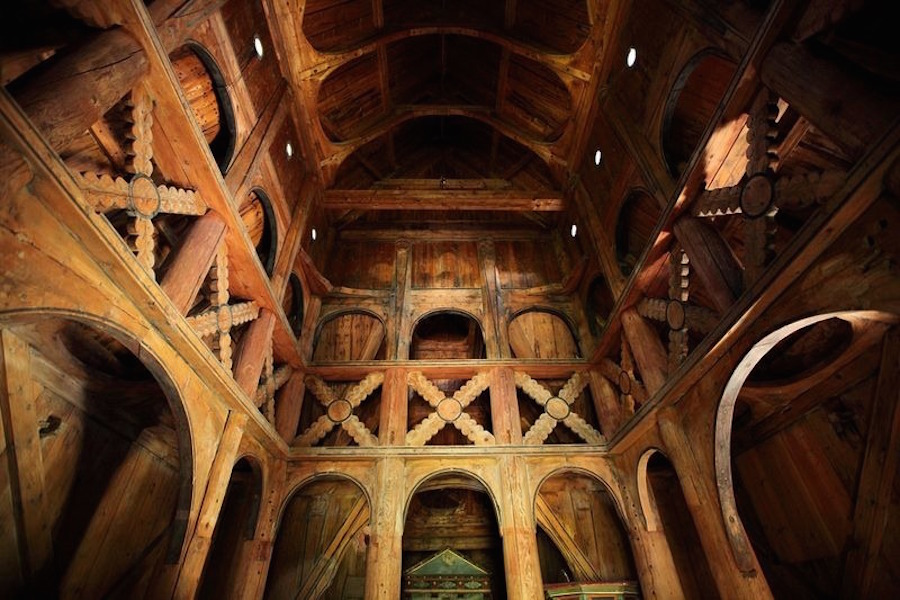

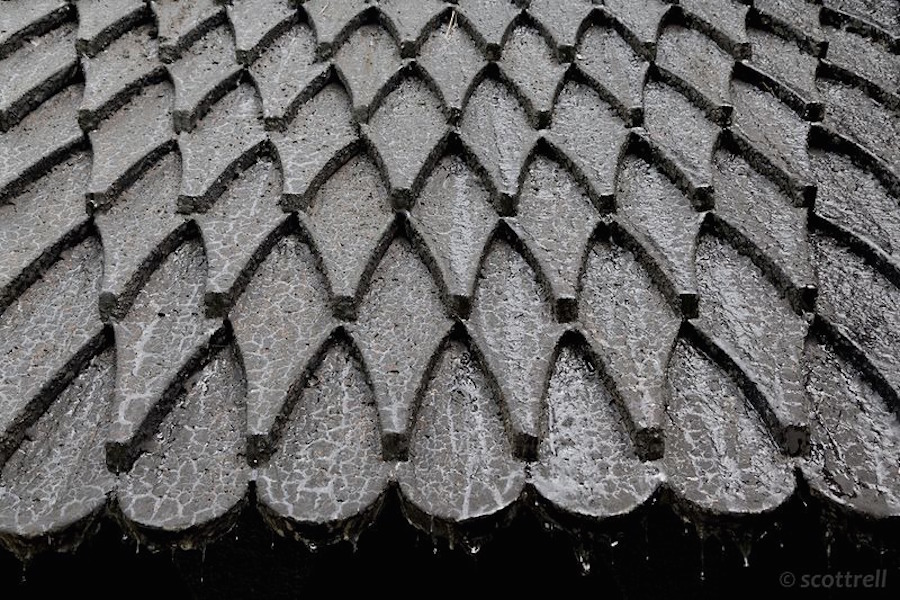

From our partners:
Urnes Stave Church
Urnes Stave Church was built in 1130 or shortly thereafter, and is the oldest stave church still standing. It’s located at Ornes, along the Lustrafjorden in the municipality of Luster in Sogn og Fjordane county. It contains many detailed carvings incorporating elements of Viking tradition that reflect features of a previous stave church located on the same site. The church also contains numerous liturgical artifacts from the Middle Ages.
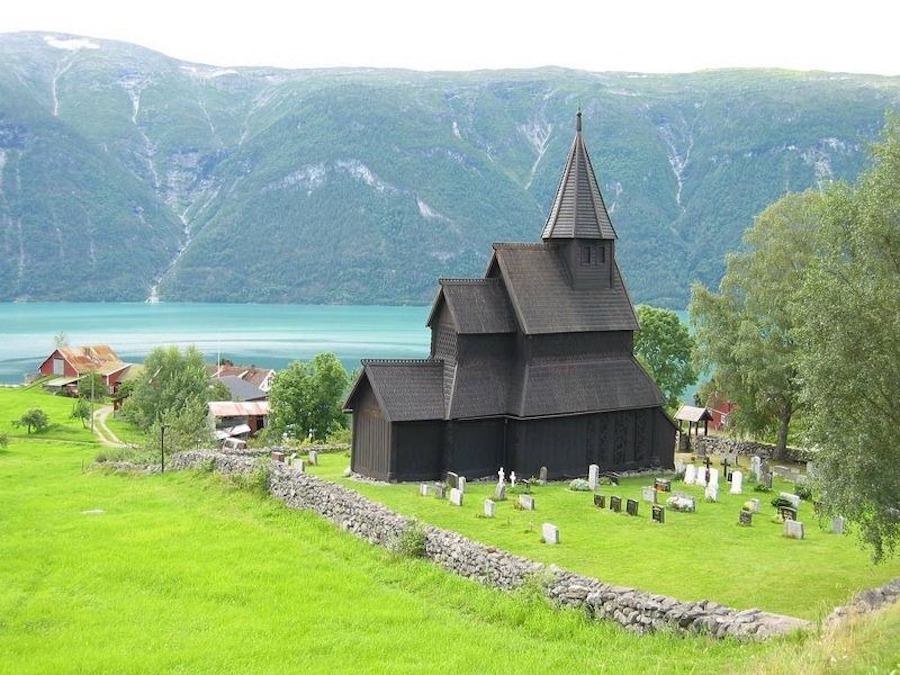
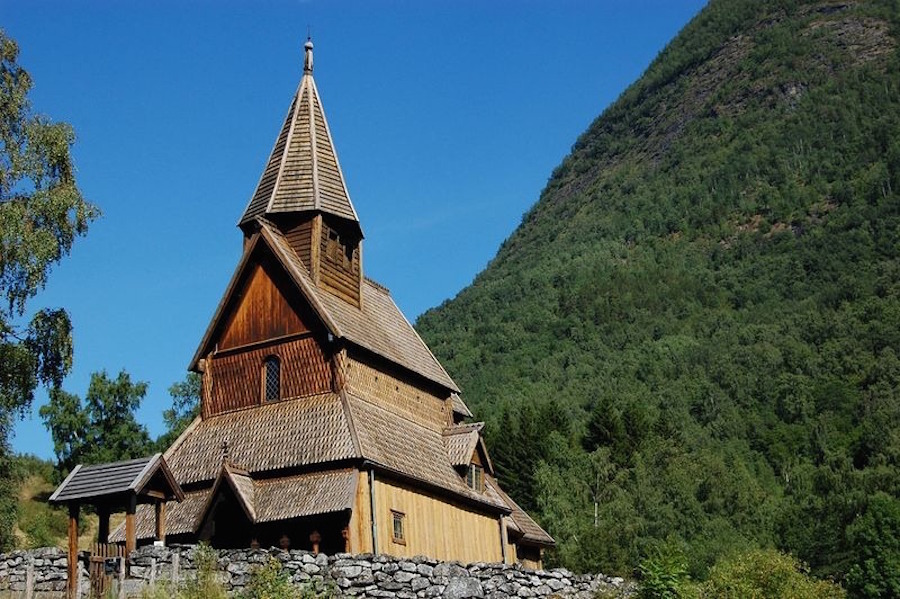


Heddal Stave Church
Heddal stave church is Norway’s largest stave church. It is located at Heddal in Notodden municipality. The church was constructed at the beginning of the 13th century, but after the reformation, in the 16th century, the church was in a very poor condition. It was restored during 1849–1851, and again in the 1950s.
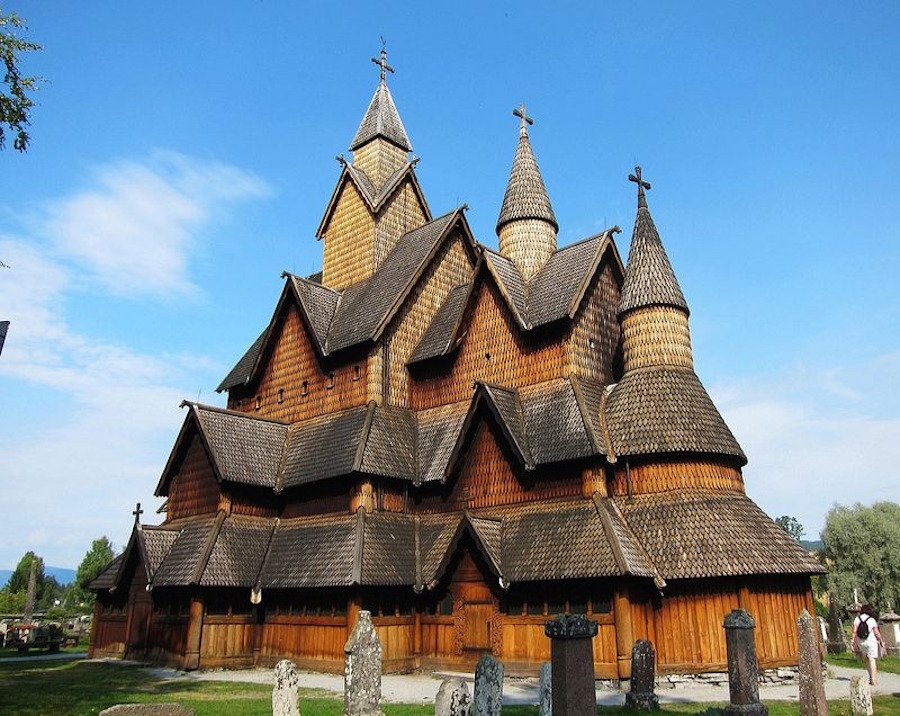
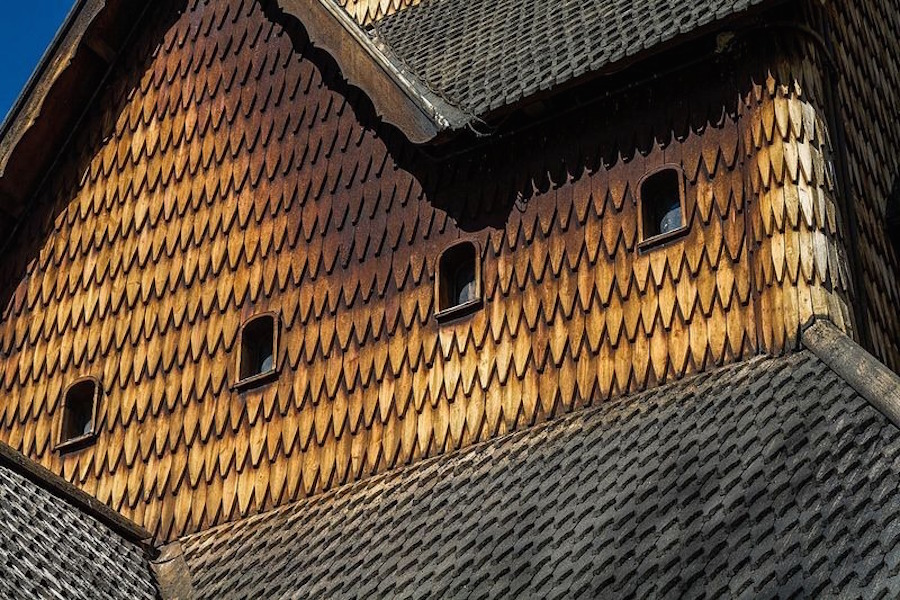

Hopperstad Stave Church
Hopperstad Stave Church is just outside the village of Vikøyri in Vik Municipality, Sogn og Fjordane county. The stave church is assumed to have been built around the year 1130, but could up to a century older, making it one of the oldest stave churches still standing.
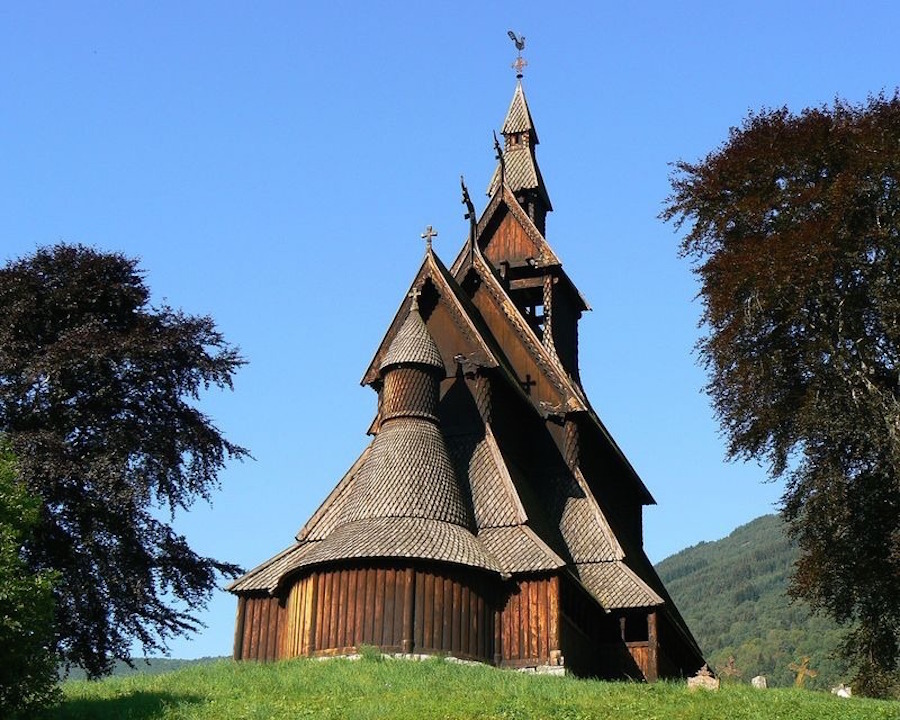
Gol Stave Church
The church is currently located in the Norwegian Museum of Cultural History at Bygdøy in Oslo, but originally it was at Gol in Hallingdal. When the city decided to build a new church around 1880, by demolishing the old stave church, the Society for the Preservation of Ancient Norwegian Monuments bought it and moved it to Oslo.

Lom Stave Church
Lom Stave Church is situated in Lom municipality in the Gudbrandsdal district of Norway. The church is a triple nave stave church that uses free standing inner columns to support a raised section in the ceiling of the main nave. This type of church is amongst the oldest Stave Churches. It was built in the second part of 12th century. It is one of just a very few stave churches of which the original medieval crest with a dragon head still survives.


This feature originally appeared in Amusing Planet.
















